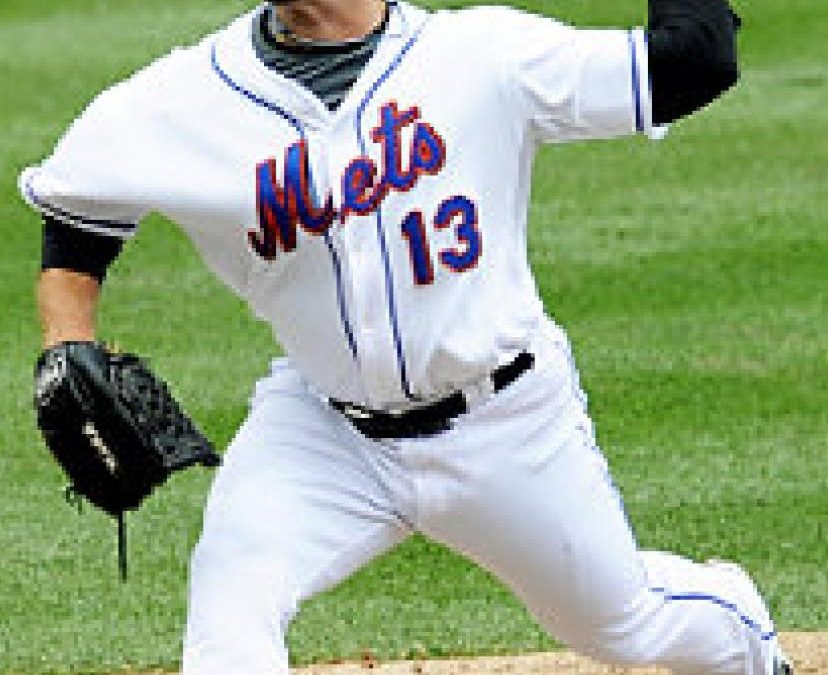“If children have the ability to ignore all odds and percentages, then maybe we should learn from them.” Lance Armstrong
Summer 1993 – Houston Astros: When 22-year-old Billy Wagner reported to the Houston Astros for the first time, team owner Drayton McLane sized him up and commented, “We thought you’d be bigger than this. How can you be so small and throw so hard?” Billy laughed nervously, “Nobody told you about my size? Did they tell you that I throw with the wrong arm, too?” It was a question that the young pitcher often got: How did a pitcher with a Little League body, 5-foot 9-inches and 170 pounds, throw so hard?
Billy grew up in Tannersville, Virginia, in the Appalachian Mountains. He was born to teenage parents who weren’t ready for a baby. He saw plenty of drinking and fighting, and they divorced when he was five. During the next decade, Billy slept on many different sofas and ate his fill of government commodity cheese bought with food stamps. He was shuffled between stepparents and grandparents before eventually moving in with an aunt and uncle when he was 14.
At age 7, while staying with a grandmother, Billy broke his right arm, his dominant arm, while playing football in the backyard. “I wanted to play ball, and nothing was going to stop me from playing,” Billy recalled later, “Not even a broken arm. I started throwing with my left hand.” Morning, noon, and night, he threw everything he could find with his left hand – baseballs, rocks, and pinecones.
A month after the cast was removed, Billy broke his right arm again, this time while climbing on the school monkey bars. Two more months in a cast. When it was removed the second time, Billy could throw harder and was more comfortable using his left hand. Little League kids dreaded having to bat against him.
Billy’s teammates at Tazewell High School nicknamed him ‘Billy the Kid’ due to his small stature and his blazing fastball. In high school, he won 17 games and lost only three, but there were no scholarships for a 5-foot 5-inch 135-pound pitcher.
Billy attended Ferrum College, a small Methodist Division III school a couple of hours from home. After a freshman growth spurt, his fastball velocity mysteriously increased 10 miles per hour and was routinely in the low 90s. Billy starred for three years at Ferrum, once striking out 19 batters in a no-hitter. He still holds the NCAA Division III record for most strikeouts per nine innings in a career.
In 1993, Billy was the first-round draft pick of the Houston Astros. Two years later, he was promoted to the big leagues. By then his fast ball was in the upper 90s, occasionally hitting 100 mph. No one could explain how a diminutive pitcher who pitched with the wrong hand could throw so hard with such pinpoint accuracy. The little lefty set a rookie record for most strikeouts by a relief pitcher, and he made the first of seven All-Star games that year. Based on his success in the bull pen, the Astros decided to leave him there.
Billy pitched for five teams in a 16-year career, including the Astros, Mets, Phillies, Red Sox, and Braves. His 12 strikeouts per nine innings and 33% strikeout rate are the highest in major league history among the 1200 pitchers who have pitched at least 800 innings. Billy is one of eight major league relief pitchers to record at least 400 career saves. His 422 saves rank 6th all-time, and his 1,196 career strikeouts as a reliever rank seventh.
On January 21, 2025, after being on the ballot 10 times, Billy Wagner was elected to the Major League Baseball Hall of Fame. Ironically, a right-hander was the first lefty reliever in the Hall of Fame. He is also the only Division III pitcher ever elected.
Dr. Eugene Charles, an expert on neuroplasticity (the brain’s ability to create new neural networks when parts of the body are injured) was asked about Billy: “How does a boy who learns to throw with his left hand eventually throw a ball 100 mph and become one of the most dominant relievers in history? Can we all do what he did?” Dr. Charles says, “Maybe, but here is the key. Billy had the X-factor. He developed the discipline, determination, and persistence to learn to pitch left-handed.”
According to Billy, “I am a natural righty. I bat, eat, and write right-handed. Throwing is the only thing I do with my left hand. Who would think that a friend named Chip, who lived across the street from my grandmother, would break my arm playing football and that would lead me to a baseball Hall of Fame career as a left-handed pitcher? God had a plan and a sense of humor.”

An amazing story. Thanks Pete
Great Story!!